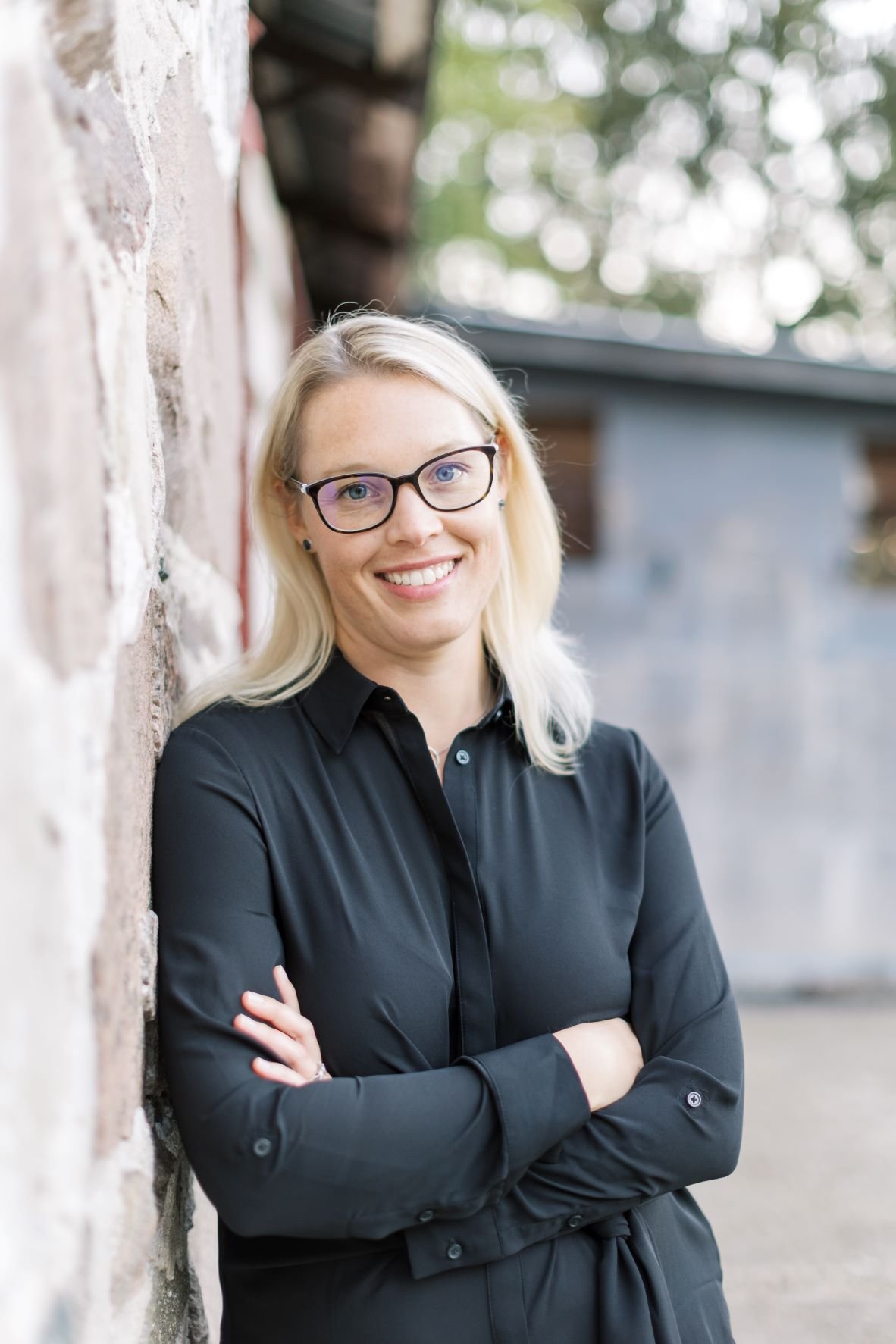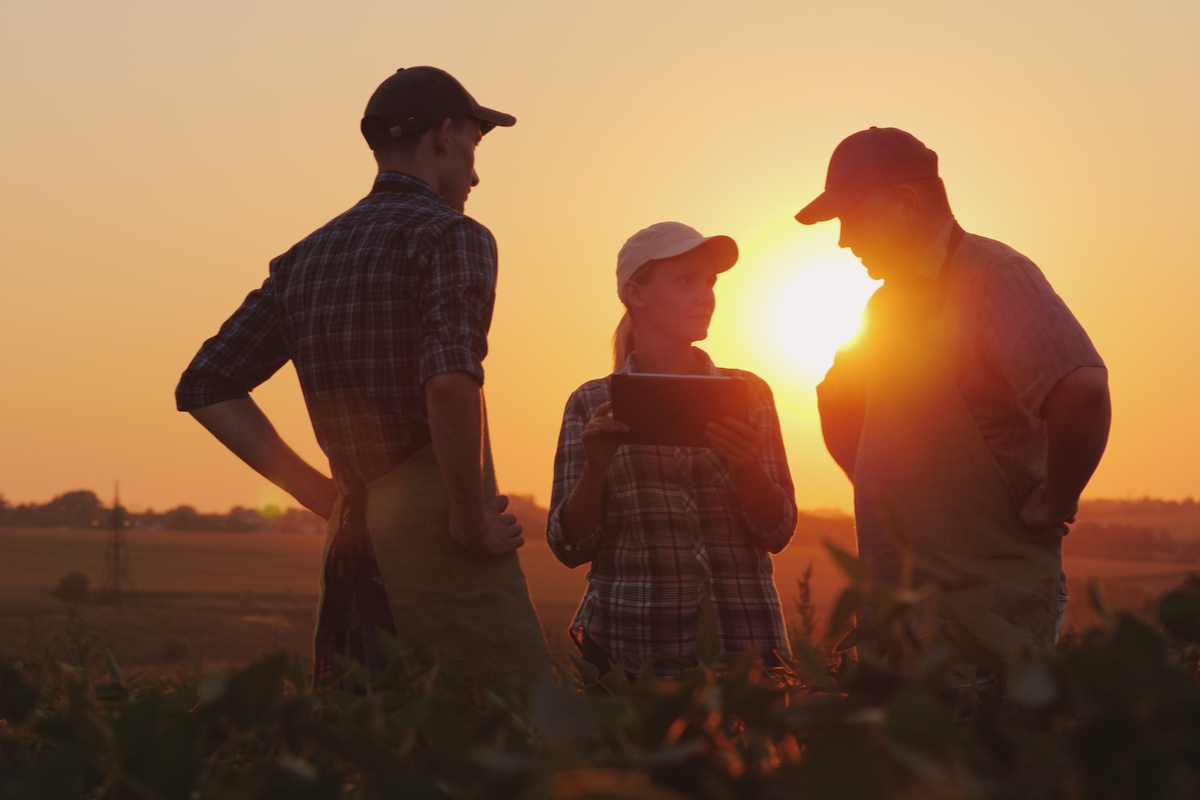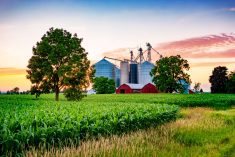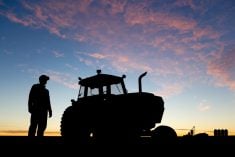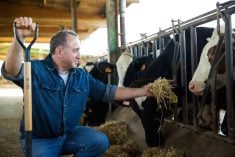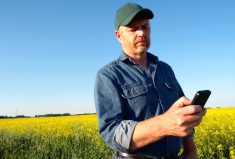Discussing tough family dynamics on the farm is never easy, but they’re a real part of the family farm experience. Every farm and family is different, yet many involve working closely with siblings — and that can bring its own set of challenges.
In this six-part series, Darrell Wade, founder of Farm Life Financial Planning Group and a farm succession specialist, offers valuable insights into managing sibling relationships on the farm.
Drawing from anonymous case studies, he highlights common challenges and shares practical, professional advice for navigating the complex dynamics of working alongside family, especially brothers and sisters.
Read Also
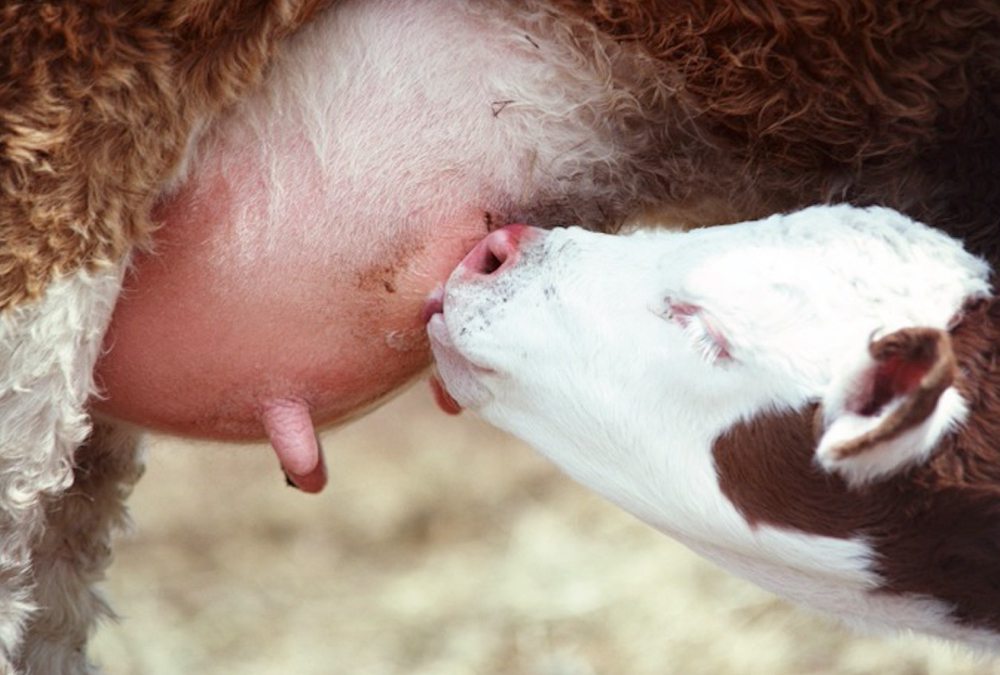
Veterinary know-how on the farm
If you’re a livestock farmer, you’ve likely faced one of the most frustrating situations on the farm: a sick or…
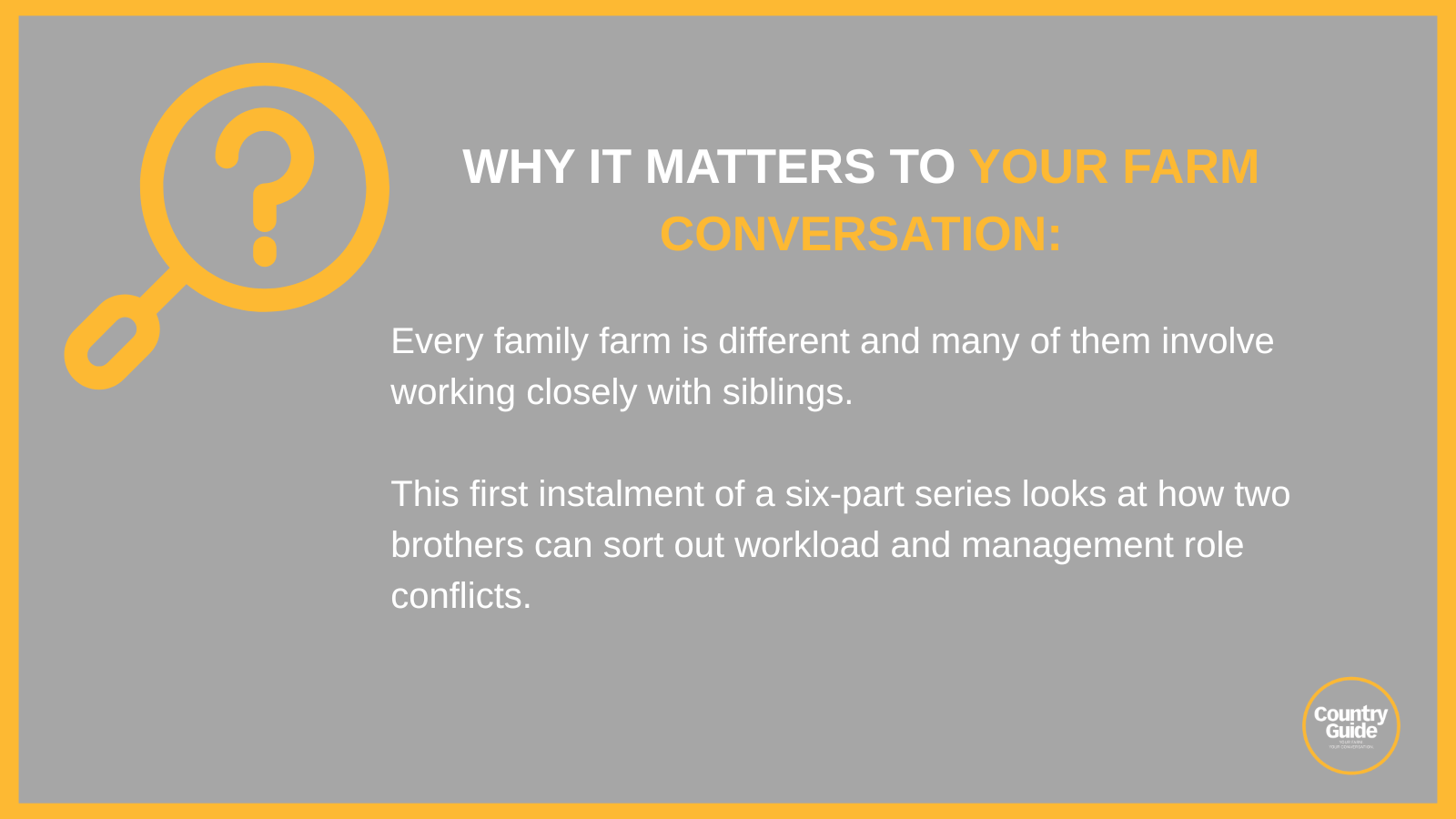
Start with the basics
“While every farm and family is unique, I’ve established a process to navigate these types of situations,” says Wade. “When my team sits down with a farm family, our goal is to help families to communicate and, ideally, the process we follow will lead to resolutions and actions that will secure a farm’s legacy.”
Wade’s process begins with discovery, meeting with individuals first, then together with the entire family. During this initial discovery stage, family members can share their personal vision, goals and concerns so that when the family comes together as a group, they can have open discussions that Wade hopes will lead to alignment.
In the second step, Wade dives into the farm’s finances to determine the financial strength of the business. Openness and transparency are key in all discussions, especially when it comes to finances.
Next is the transition options stage, where possibilities are explored and selected to best suit the future of the farm and those involved.
Lastly, farm business governance is necessary to formalize all the decisions that have been made and to put everything in writing, including legal agreements.
Wade notes that following a process through succession or even to navigate family challenges helps to keep everyone focused and on track — but the journey isn’t typically linear.
He advises farm families to approach every situation with an open mind and a willingness to participate. “Working with family isn’t easy, especially when everything is centred around the business, a livelihood and the farm legacy,” he says. “But it can be so rewarding, especially when everyone works together towards the same goal.”
Case study #1 — Shared workload and role conflicts
Two brothers, Mark and Steve, work together as partners on the family dairy farm. Being the eldest, Mark has always assumed the unofficial role of making the final business decisions and feels he contributes more to the farm management side of the business. While the two brothers work alongside each other, sharing the day-to-day workload, tension has been growing between them.
It started with disagreements over cropping choices, equipment purchases and task division. The two can no longer find common ground and Mark feels his decisions have more weight than Steve’s.
Adding to the strain, Mark has a young family and Steve is single. Lately, Mark’s share of the workload has been less than his brother’s because home and family life has become a bigger priority. As a result, Steve believes he contributes more labour and “sweat equity” to the farm than his brother.
Resentment has grown and created a breakdown in communications between the two brothers who are now asking themselves if it would be easier to farm by themselves.
Wade’s advice
The close relationship of working alongside family, and especially siblings, can easily blur lines between family dynamics and professional responsibilities.
In this situation, it sounds like there’s an obvious disconnect between the shared workload and management perceptions that’s creating conflict over their individual roles in the farm business. The brothers are not aligned on the value each brings to the business. Working in and on the business requires different skills and time contributions from each brother.
Wade says he would begin by meeting with each individual as part of the discovery process to find an alignment with their visions for the farm. “These types of issues between siblings can cloud judgement, making it difficult to remember what the purpose is, including important questions, such as why they are farming.
”I would then bring the brothers together to clarify their vision and build unity. My intention would be to determine if they both have the same vision for success before we continue with the process.
“I recommend establishing clear roles and responsibilities by defining each sibling’s role based on skills, interests and availability — and put it in writing.”
For example, Wade says one could handle the livestock while the other manages finances. “But they both have to agree on how the roles are divided. These roles also need to be documented to avoid overlap. The brothers also need to establish some metrics for each of them to use as guidelines for balancing time on the business, time in the business and time required for family.”
To set or re-establish boundaries between work and family, Wade suggests they start by designating times or spaces for family-only interactions that are separate from the farm business to maintain personal connections. “For Mark and Steve, it might mean joining a local ball team together to have fun outside of the farm, or scheduling family dinners where farm business is not a topic of conversation.”
Wade reccomends the brothers formalize contributions and ownership of the farm. “If this hasn’t happened yet, now is the time to document sweat equity and financial inputs to date. Mark and Steve can start by keeping detailed records of each of their contributions — including hours worked, tasks performed and financial investments (e.g., equipment purchases or loan repayments). I recommend using farm management software systems or a shared ledger for transparency. If there’s sweat equity on the books, they both need to assign a monetary value to it to quantify non-financial contributions. This can be done using local labour rates.
“I also recommend setting a framework for regular check-ins and communicating expectations. These are important steps that could reduce the risk of splitting the family and farm apart.”
Lastly, Wade would like to see the brothers build an agreement for the “what-ifs.” “They should identify these what-ifs together and determine what they would do if they can’t agree in the future. The process of building this future-focused plan will help them align their vision and values for the farm’s future.“
Case study #2 — Trying to be fair
In the next instalment of this series, we look at the case of Nancy and Kevin and their three children, Jessica, Andrew and Doug.
Andrew and his wife have been farming in partnership with his parents for 12 years now and the family is beginning to develop a farm succession plan. Doug has been working with his parents and brother for a few years, drawing a wage, and isn’t sure if he wants to farm with his brother or start a farm of his own. Jessica is married with a family of her own, has moved away from the farm and hasn’t expressed any interest in the farm — until now.
Both Doug and Jessica are concerned the succession plan will create an uneven inheritance and want to make sure they get what they believe to be “their share” of the farm. As a result, tension is running high between the three siblings, and Kevin and Nancy feel they are caught in the middle. As parents and the older generation of the future farm transition, Kevin and Nancy want to see the farm legacy continue, but at what cost to the relationships between their adult children?
Watch for it in the November Numbers issue.

